Search
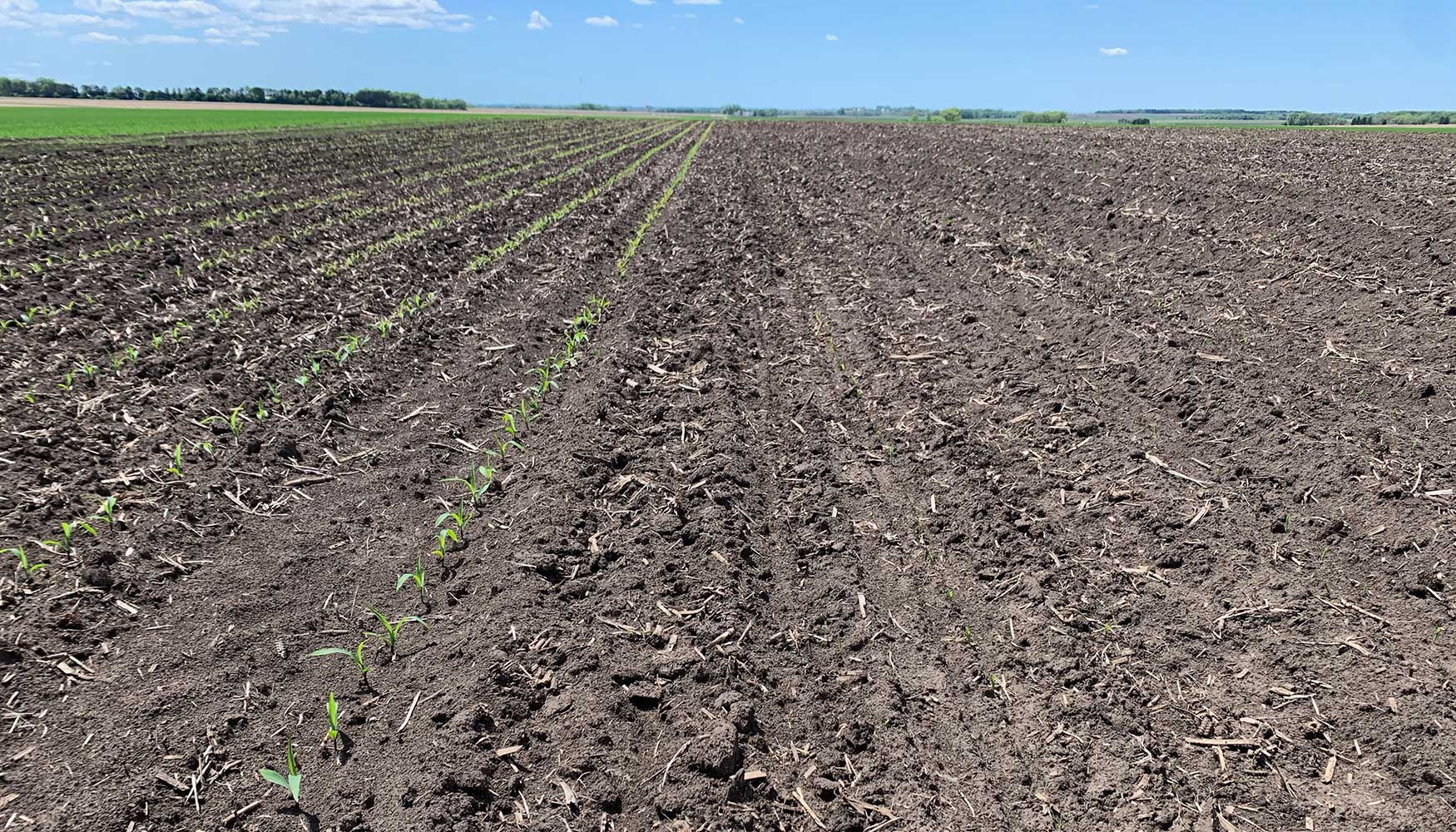
2020 Corn Growing Degree Days Update
Spring planting progress of corn in 2020 has been much ahead of a typical year in South Dakota. Crop development, however, seems slow.
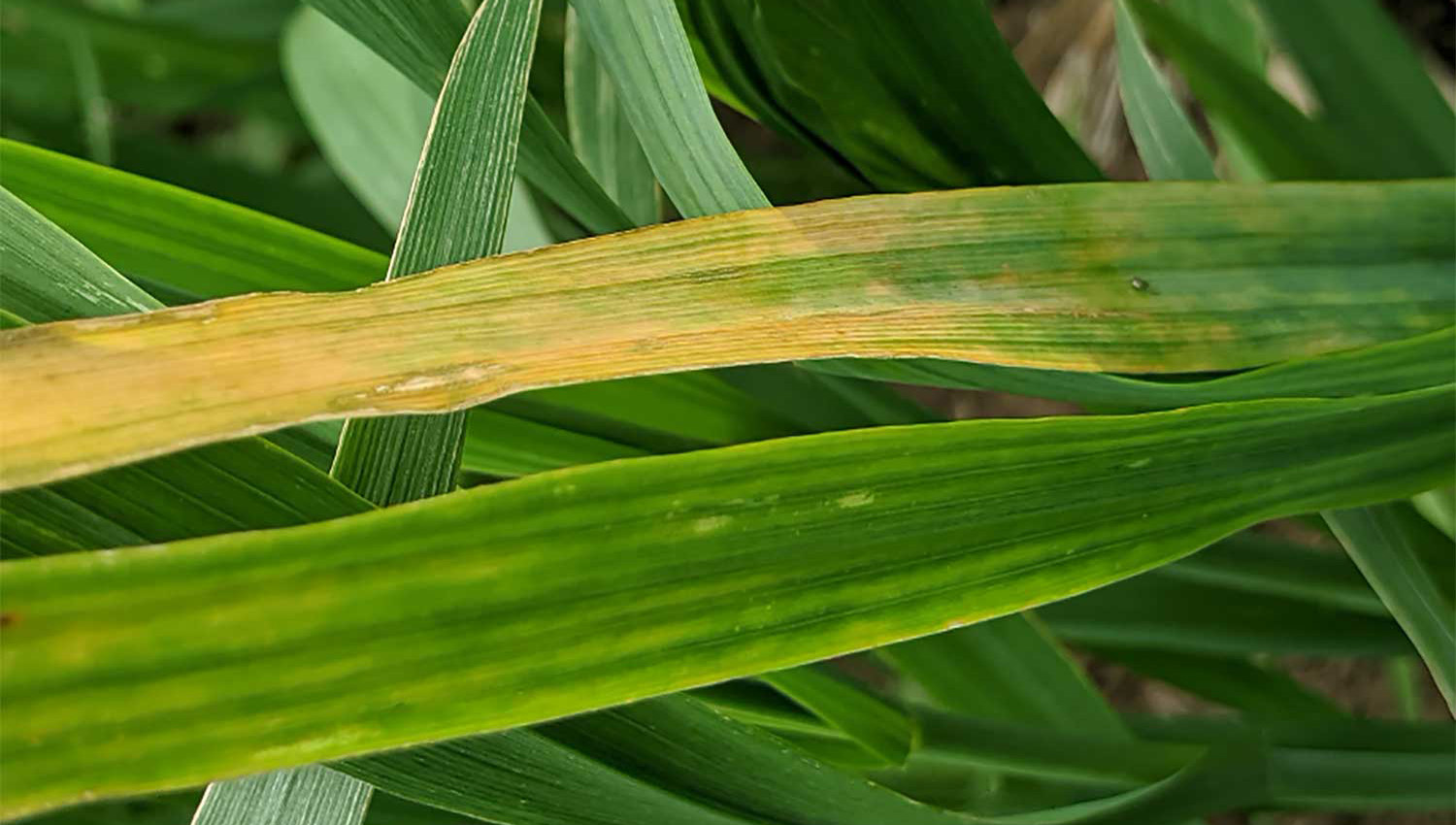
Barley Yellow Dwarf Developing in Oats
A few oat fields that were recently scouted were found to have barley yellow dwarf virus infected plants. The infected plants were few and scattered throughout the oat fields.
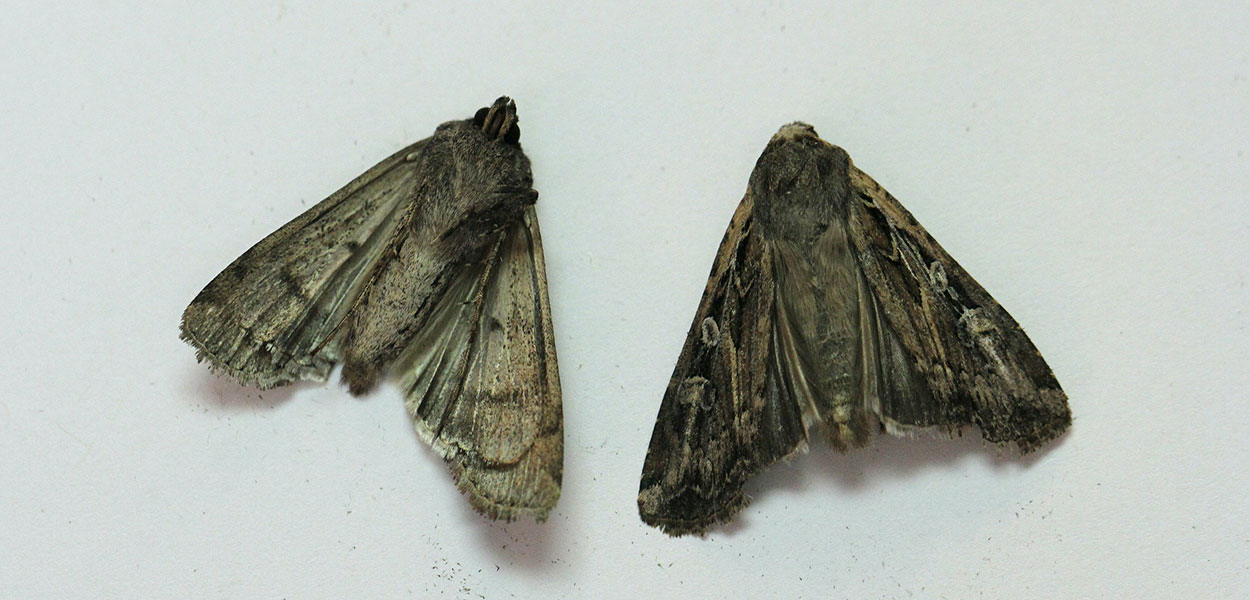
Army Cutworms Beginning To Take Flight
Army cutworm moths were collected in a black light trap near Sturgis this week. This is an indicator that army cutworm caterpillars have finished feeding on available vegetation.
Tree Watering Tips for Drought Conditions
There is no precise recipe for how much and how often trees should be watered during a drought. However, there are a few guidelines to follow.
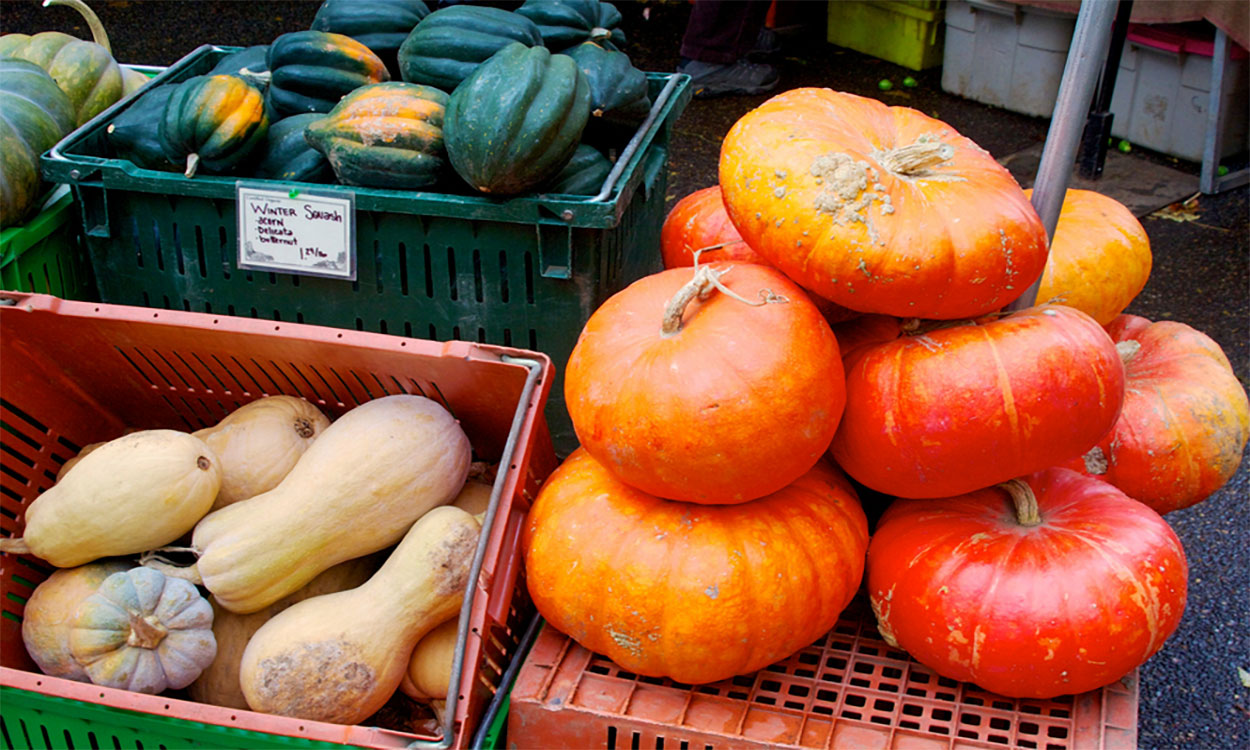
Harvesting and Storing Pumpkins and Winter Squash
The gardening season will soon come to an end, but we can still enjoy pumpkins and winter squash well into the winter months if we take some extra care during the harvest and storage process.
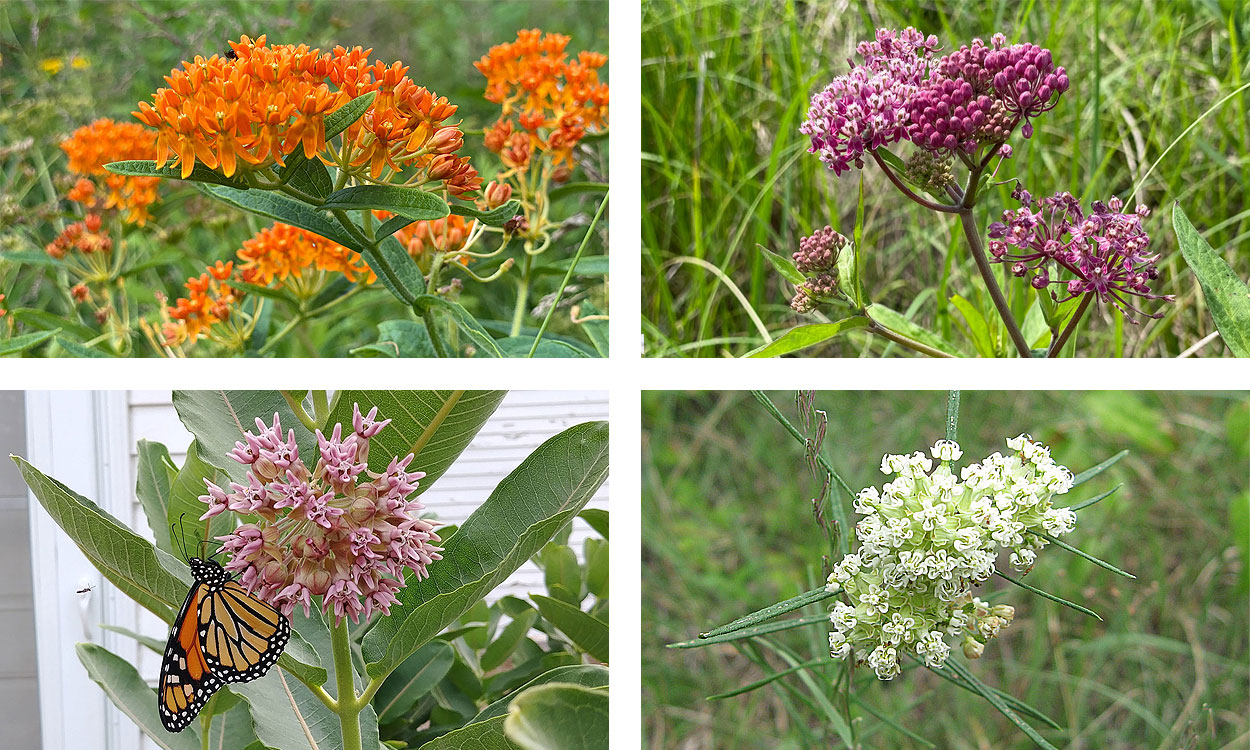
Garden-friendly Milkweeds to Plant in South Dakota
Are you looking to add native plants to your home garden this season? Consider expanding your garden palette with milkweed species that are native to South Dakota.
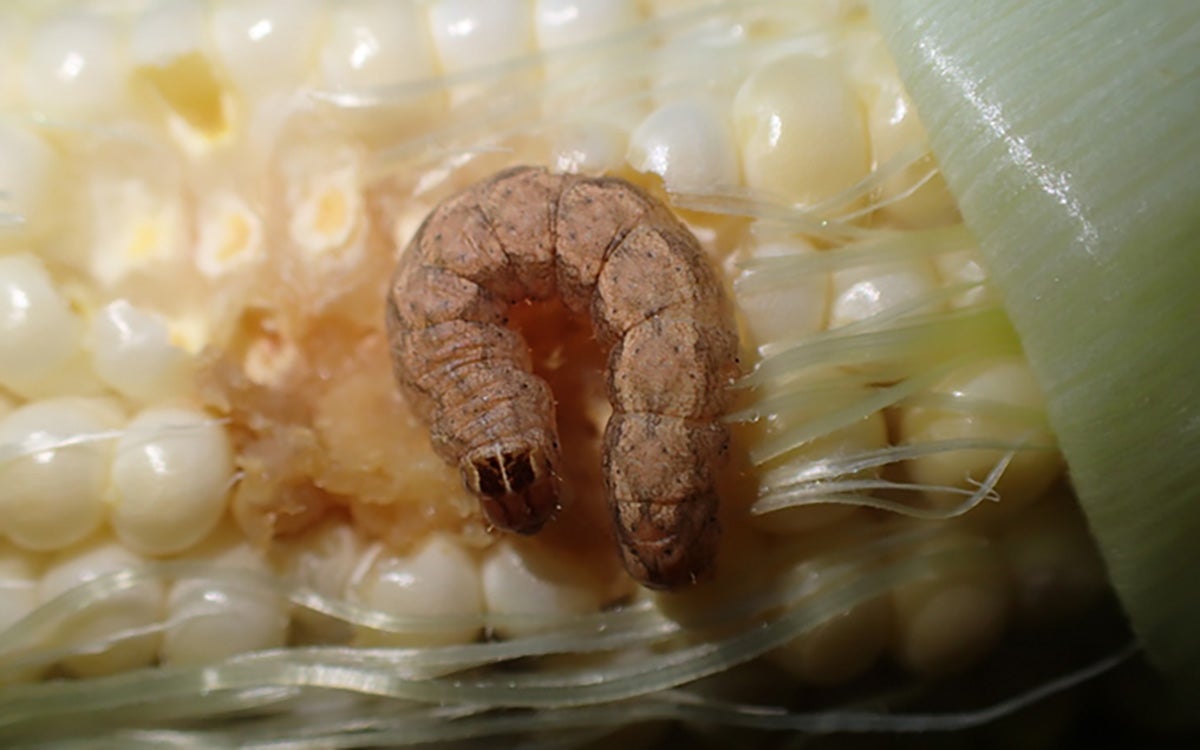
Western Bean Cutworms Detected in South Dakota Corn
Western bean cutworm caterpillars have been reported in South Dakota corn. This pest can cause yield loss by feeding on the tassels, silks, and ears. In addition, ear feeding activities increase the likelihood of secondary diseases and mold growth on the ear.
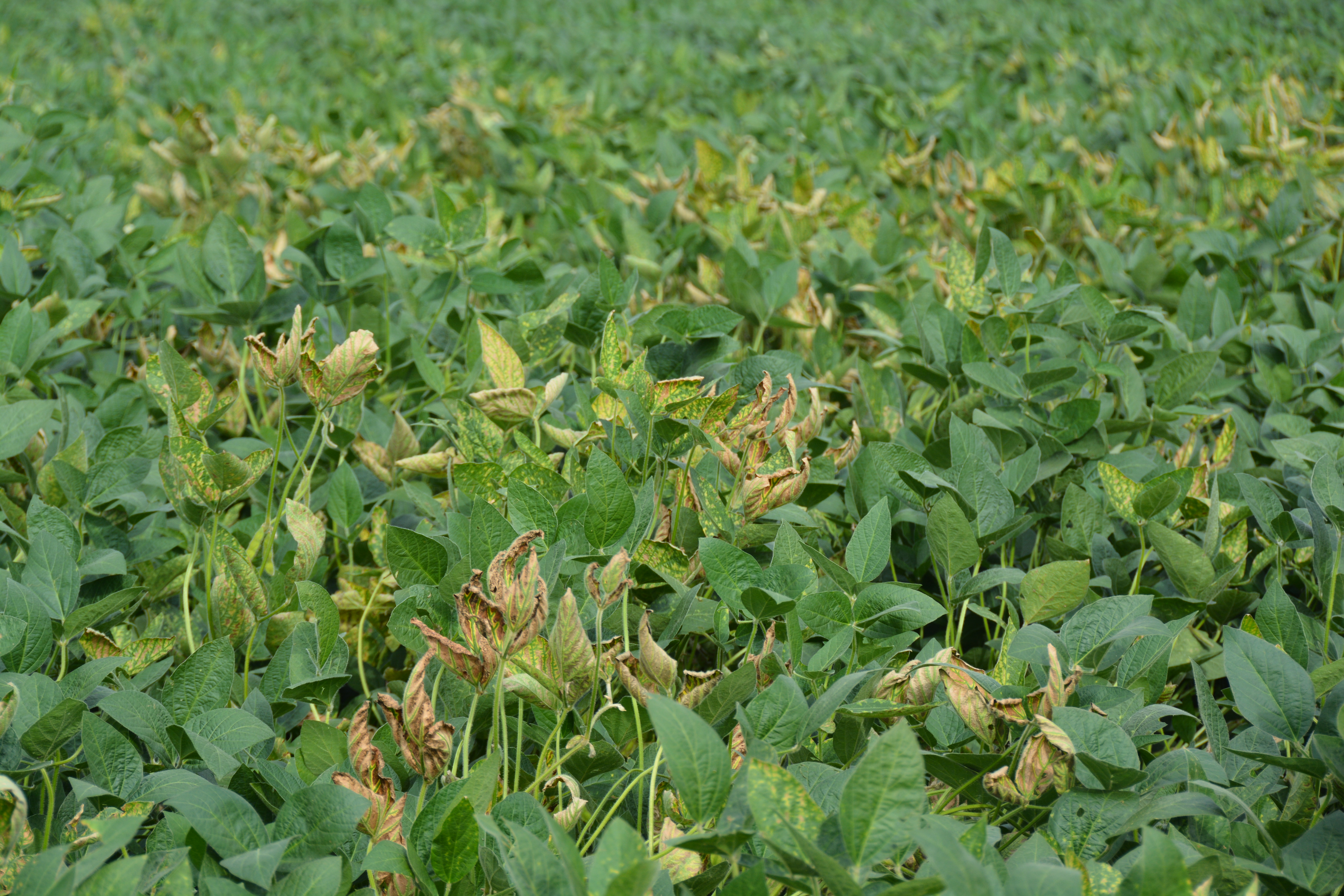
Plant Disease Management Decisions to Make Before Planting
For most plant diseases, in-season management choices are very limited. In fact, there are no in-season management options available for diseases caused by nematodes, viruses, and bacteria.
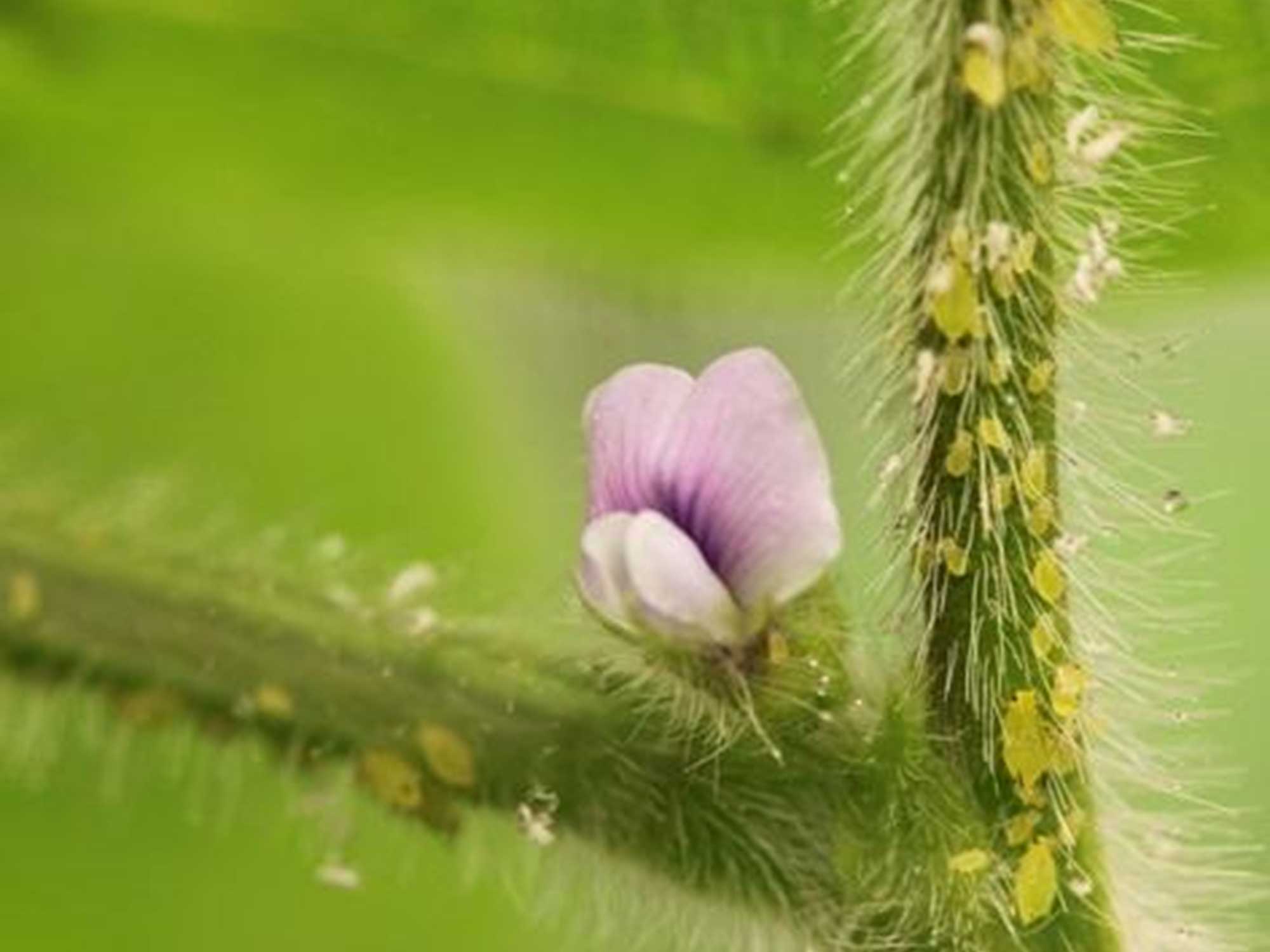
Don’t Get Surprised. Start Scouting for Soybean Aphids.
Soybean aphid populations have been observed in neighboring states and in very small populations in South Dakota. It is a good reminder that soybean aphid scouting should occur throughout the growing season to prevent population outbreaks and yield loss.
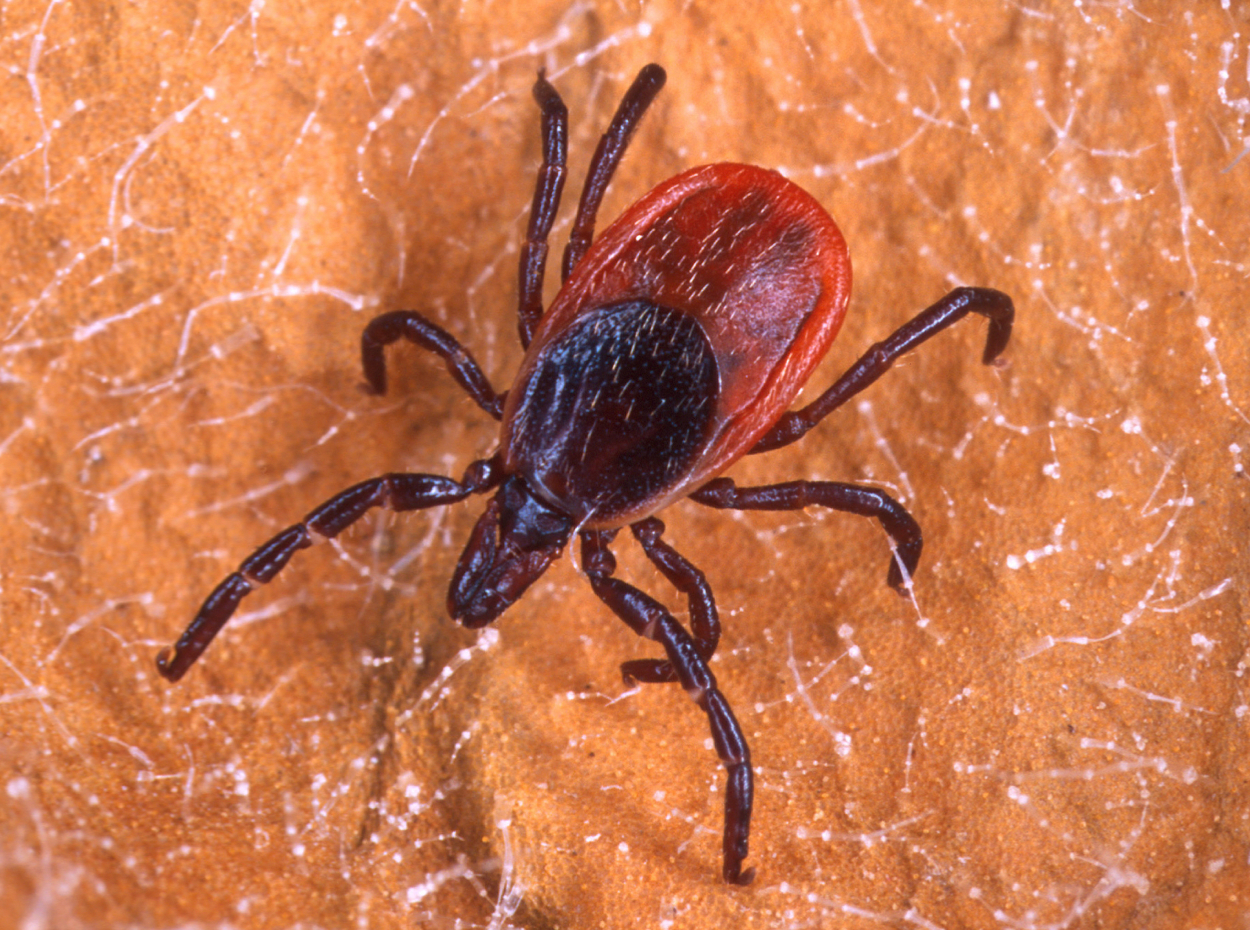
Protecting Yourself From Ticks
During wet springs, tick populations tend to thrive in South Dakota. These parasitic arthropods require blood to fulfill their nutritional needs and commonly use humans as a host. Some ticks can also carry bacterial diseases that are a threat to human health.